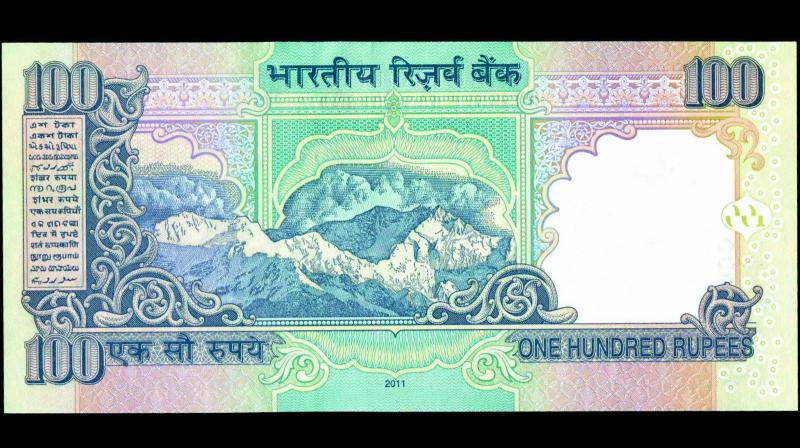Language no bar, please
17 languages printed on Indian currency notes remind people of the diversity of the country and also serve as a security feature.

The whole Hindi debate reeks of chauvinism. The perception of it being forced upon the south is what sparks off this debate on the role of language in human affairs. Ultimately, does it really matter, if the goal is to build bridges?
Language has always been a means and not an end for humankind. Yet, when one sees it becoming a cause for chauvinistic assertiveness, it requires one to pause. India is a diverse, yet inexplicably ‘together’, union of disparate human settlements. And when it comes to work mobility, inter-regional migration is a well-entrenched social and cultural reality. History shows us as an incredible mash-up of invasions, assimilations and acculturation. Whether by force or by need, the South Asia story is one of constant mobility. People simply move. Some social or cultural groups move for business or work, others through marriage, yet others, to find spiritual goals. India is the most ‘mobile’ society even within South Asia.
In the modern context, within India, we have mobility from rural to urban centres occurring at a rapid pace. This brings a large mass of ‘pink collar’ workers moving in wherever there are service jobs. With the advent of mobile phones and an amazing transportation infrastructure, these jobs are now open pan-India. What’s more, these work opportunities attract a lot of talent further afield from their local big towns and cities.
What is really amazing is that a lot of these workers intuitively start acculturation, almost immediately on arrival by learning local customs, languages, and in many cases, start contributing to local causes. Take a migrant taxi driver in Hyderabad, who quickly understands that he needs to know Telugu, or the retail coffee chain crew, who need just a few days to learn the basics of Tamil in Coimbatore. From the Tamil migrant in Mumbai to the Bihari in a Kerala tyre shop, I have seen every one of the pink collar workers learn, or sheepishly try out the local language with no reservations.
Years ago, when the anti-Kannada and Tamil agitation was at its height in Mumbai, the Bombay Tamil Sangam in the Matunga/Sion area used to actively run classes for their members to read, write and speak Marathi. These classes used to be full and led to a large number of Tamil families speaking in chaste Marathi. But the amazing thing is, it was not out of fear, it was out of a realization that they needed to know Marathi. Even today, if you go to Rasta Peth in Pune or Dombivali near Mumbai, you will find Tamil folk speaking better Marathi than the local Marathi families. They have assimilated beautifully, while remaining true to their own culture and roots.
If you wiki Rajnikanth, you learn that he took the effort to learn Tamil in order to work in Tamil films at the beginning of his now illustrious career, from being born in Bengaluru into a household that spoke Marathi at home and Kannada outside, he is the darling of the masses across Tamil Nadu.
So, what is it that is getting people upset about authorities pushing Devanagari Hindi for signage in Bengaluru? The fact that they don’t need Hindi to go about their daily lives. After all, they do have English. And most importantly, they have managed with four distinctly different scripts: Kannada, Telugu, Tamil and Malayalam, being used locally in the respective states, with no problems!! So, why add Devanagari when they feel they don’t need to add Tamil or Telugu scripts in Bengaluru?
But the counter argument in favour of acculturation and assimilation is that if you don’t use Devanagari, you will not be welcoming investors or migrants or visitors to contribute and add value to your economy and socio-cultural well-being.
Devanagari users are, after all, at the very least 50-60 per cent of your market! Just as you would not be able to do international business without English, you would not be able to welcome a large part of the domestic market without Devanagari!
Pride about one’s culture and language is an ennobling feeling. It should cue confidence and welcome people to understand, respect and assimilate into it. Karnataka has a deep and open culture and literature and has had people from Marathi, Tamil and Telugu extract partaking of it and assimilating into it for eons.
Maybe it’s time to allow Devanagari script users also to contribute to it, or maybe one needs to let it occur organically.
Mr Nitin Pujar understands nine languages and has been a curious researcher all his life.

